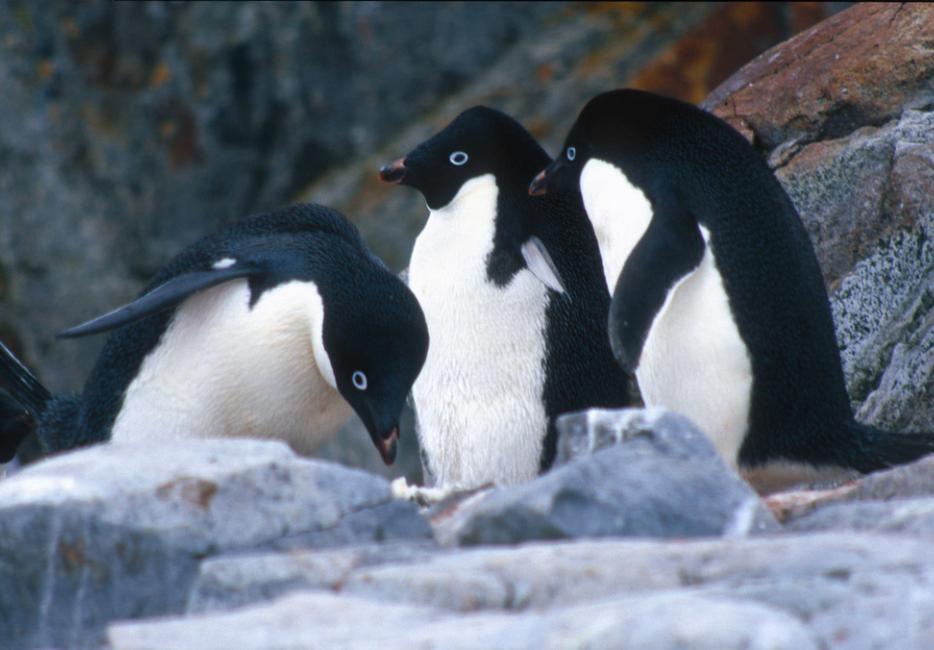
Adélie penguin: Antarctic birds with attitude species:
Affected by: Climate change , Fisheries
The Adélie is the littlest, and also the most widespread, species of penguin in the Antarctic.
They might look a bit clumsy on land, but penguins are brilliant swimmers. They can dive down to 180m – though they tend to catch their food (mainly krill and fish) much closer to the surface.
Penguins may seem cute to us, but they're excellent predators and very efficient foragers. Adélies have a feisty attitude too. They’ve been known to take on potential predators – seals or large seabirds – or even attack visiting researchers with their flippers.
Adélie penguins are increasing in Antarctica. However, in areas where climate change is established, Adélie populations have fallen by more than 65% in the past 25 years. The biggest threat to them right now is climate change (other penguins, like gentoos, are better adapted to warmer climates).
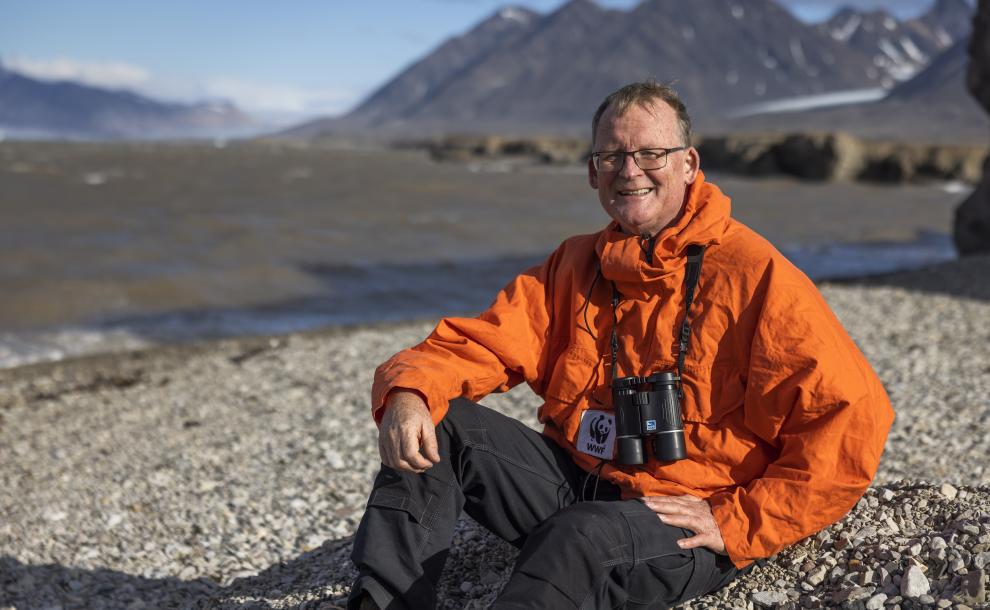
"Adélies are truly remarkable seabirds. Named by a French explorer for the love of his wife, they perhaps represent the true spirit of Antarctica more than any other species. Hardy, tough and rugged, they spend their entire life in or around the Antarctic pack ice."
Polar programme manager
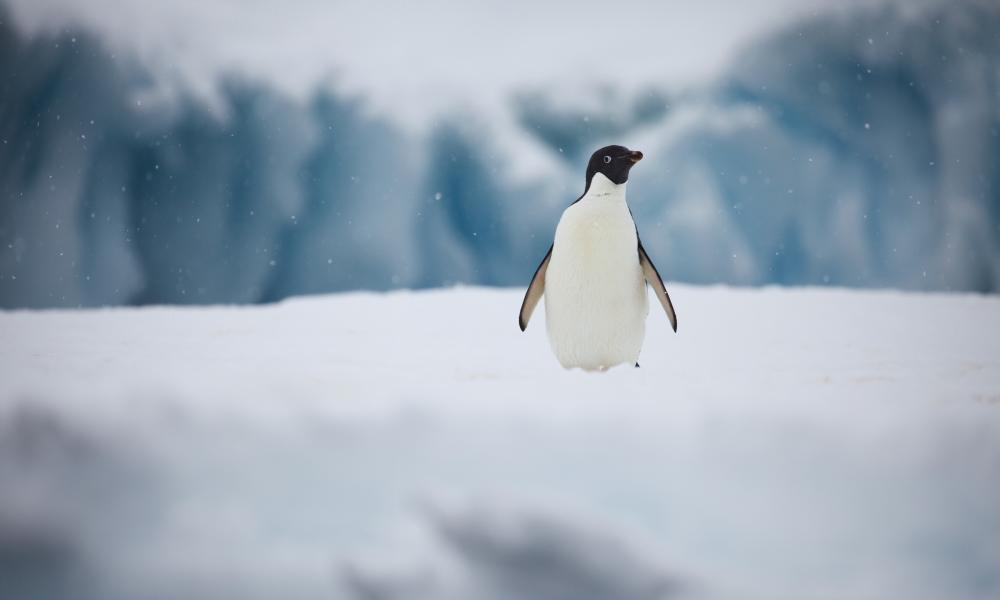
WHERE ADÉLIE PENGUINS LIVE
WHERE ADÉLIE PENGUINS LIVE
Adélie penguins are found on the Antarctic continent and neighbouring islands including the South Orkney and South Sandwich Islands. Of the 18 different species of penguin, only two (the Emperor and Adélie) are actually true Antarctic residents.
The Adélie lives on or close to sea ice all its life, but only breeds on ice-free land – which isn’t so easy in Antarctica where less than 1% of the land is ice-free.

Why Adélie penguins are so important
Why Adélie penguins are so important
Adélie penguins are a vital part of the Antarctic food chain – they eat tiny creatures like krill and small fish, and are a source of food for predators like leopard seals and killer whales.
By protecting Adélie penguins we’re helping look after their ocean environment, which is good for all the wildlife that depends on it.
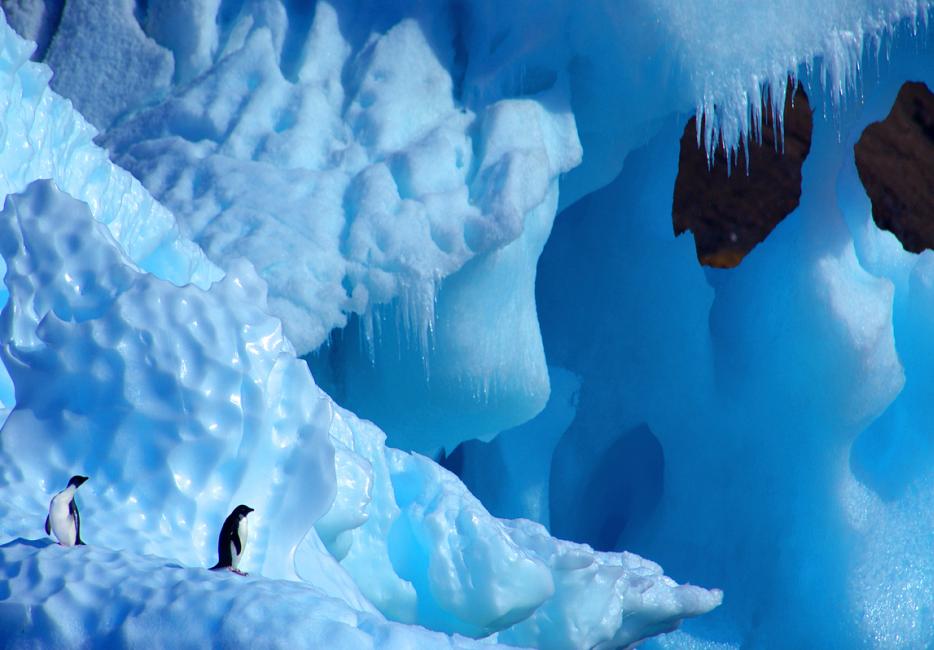
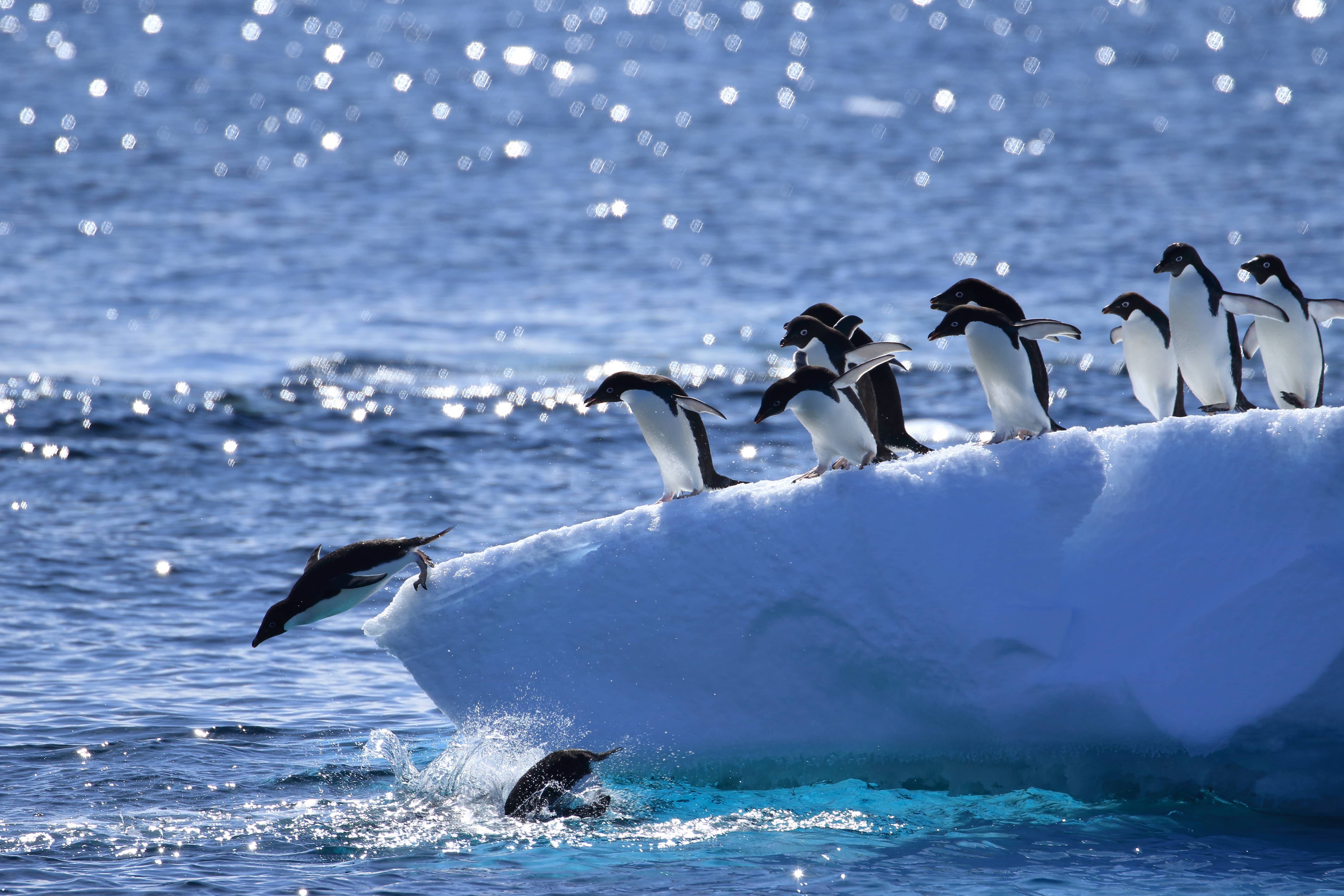
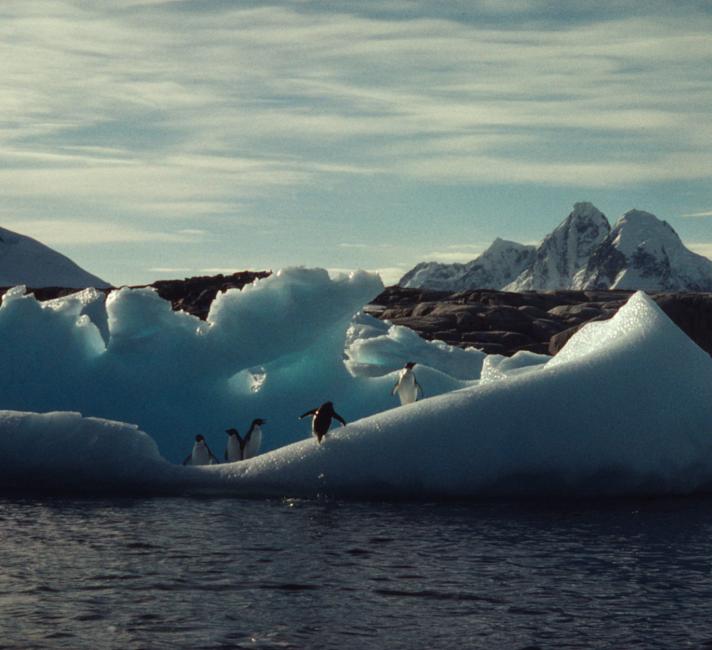

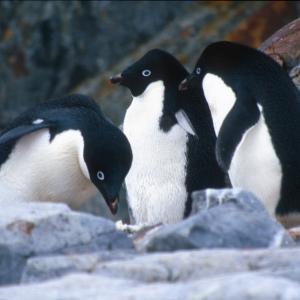 Top 10 facts about Adélie penguins
Top 10 facts about Adélie penguins
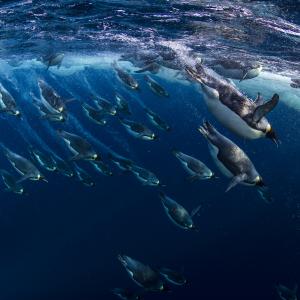 Emperor penguins: the icons of the Antarctic
Emperor penguins: the icons of the Antarctic
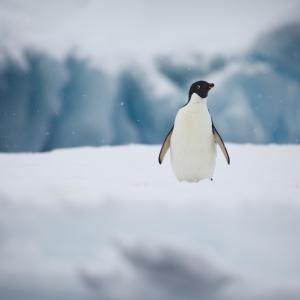 Penguin Awareness Day 2025
Penguin Awareness Day 2025